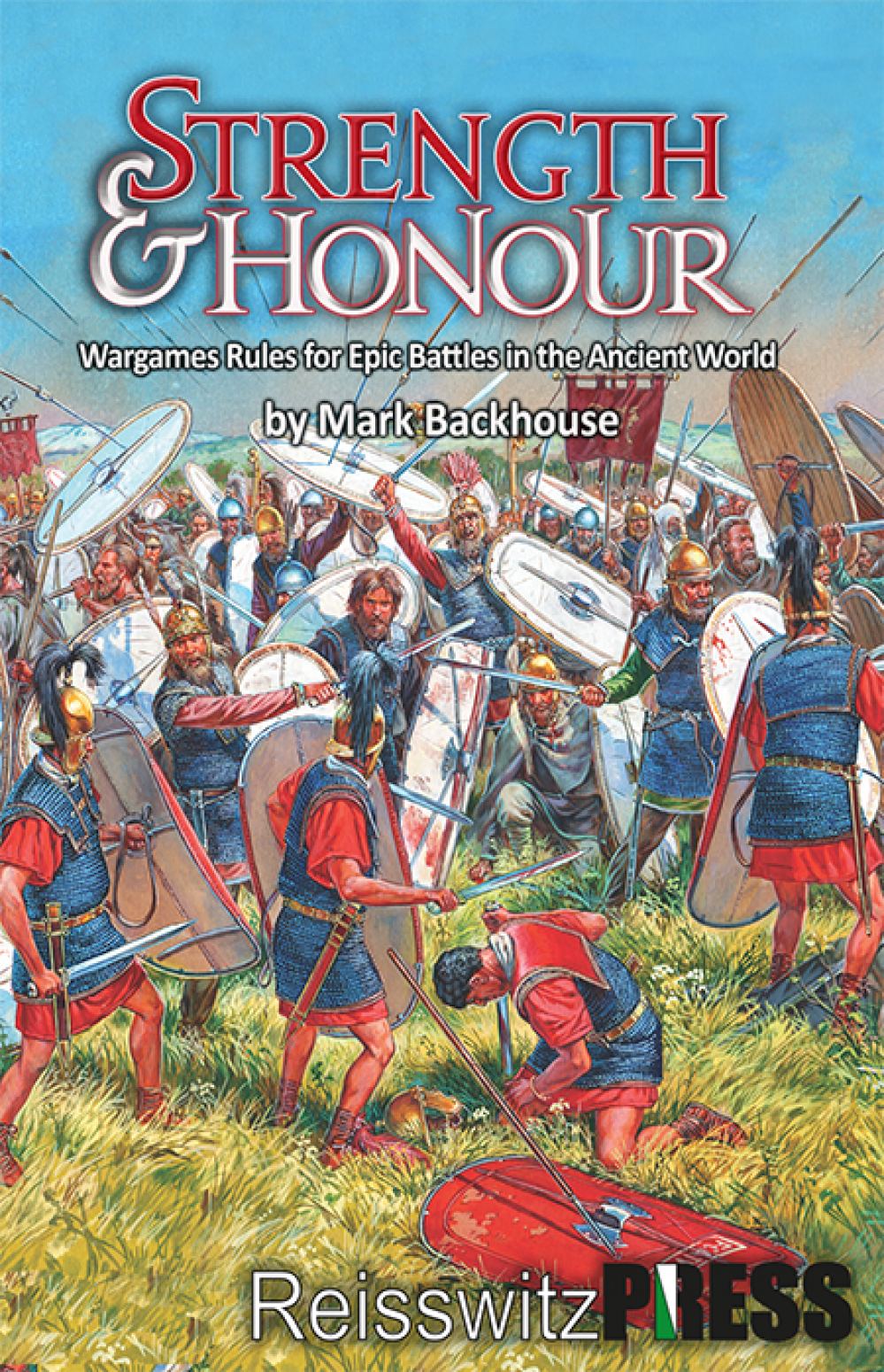
2mm Strength & Honour
Chariots! And a word on painting tiny horses
Celtic chariots are done. The Project Wargaming files have 4 variants and when colours of the horses are mixed about we get good variety.
Two Celtic light chariot bases. Just like the light cavalry these can be broken down at deployment into skirmish lines that attach to other units. Light chariot units split onto three bases, hence the six 15mm x 75mm bases from Warbases.
I find horses pretty straightforward to paint under normal circumstances and in 2mm they need a bit of care to make sure they look okay.
Here are the basic colours:
People seem to struggle getting the right colours on horses. Horse colours are a combination of the skin tone and the colours of the hair in their coat. There are complex ones with different hair colours mixed together in the came coat. We aren’t bothered about any of that though. We need the most prominently visible colours and the most common are:
Grey (from nearly white to a fairly dark grey colour)
Dun (a dull yellow or khaki coulour)
Chestnut (a orange red to reddish brown, mane and tail a lighter colour than the coat)
Bay (same coat colour as chestnut but with black points i.e.mane, tail, ears, lower legs)
Black (solid black coat)
These are the predominant colours and although many specific breeds have a general colour type you’ll see all of these colours in most breeds, especially chestnut which is a recessive gene and the most common colour. Almost all horses have some white on them, usually on their face and leg/s.
Coloured horses (mixed colours, usually in patches) also known as paint horses for you Americans, are also remarkably common, especially in cross-breeds.
In 2mm we can stick with single colours and don’t have to worry about different coloured points, manes and tails. Chestnuts and bays are the most common and then probably dun (a more common colour in ancient horses as this most common in the foundation breedstock). Grey and black were rarer so used more sparingly. The charioteers reportedly used paired horses, probably very close in colour so they were all painted as matched pairs. Ther light cav were done with blobs of different colours next to each other. Here is what they look like after the horse colours go on:
Chariots were painted in Vallejo concrete which looks ace after the raw umber wash. For the riders and chariot crews a range of different colours were blobbed on, in different patches to the horse colours. Here’s what was used:
Once dry everything got the raw unber ink wash described in the Roman painting guides. Fin.































![TerrainFest 2024 Begins! Build Terrain With OnTableTop & Win A £300 Prize! [Extended!]](https://images.beastsofwar.com/2024/10/TerrainFEST-2024-Social-Media-Post-Square-225-127.jpg)









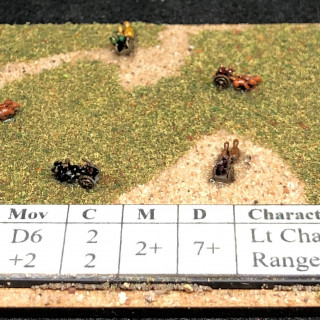
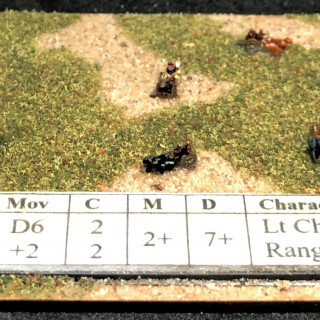
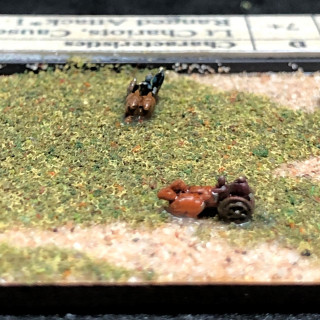
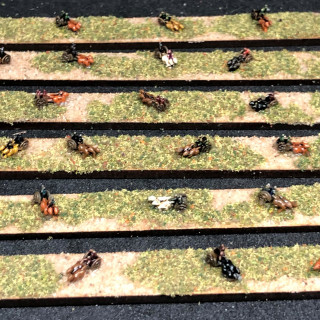
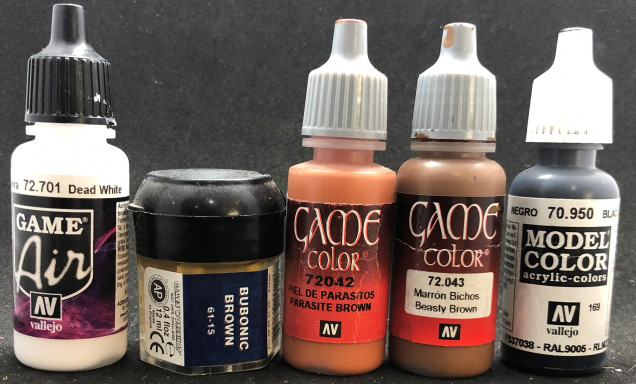
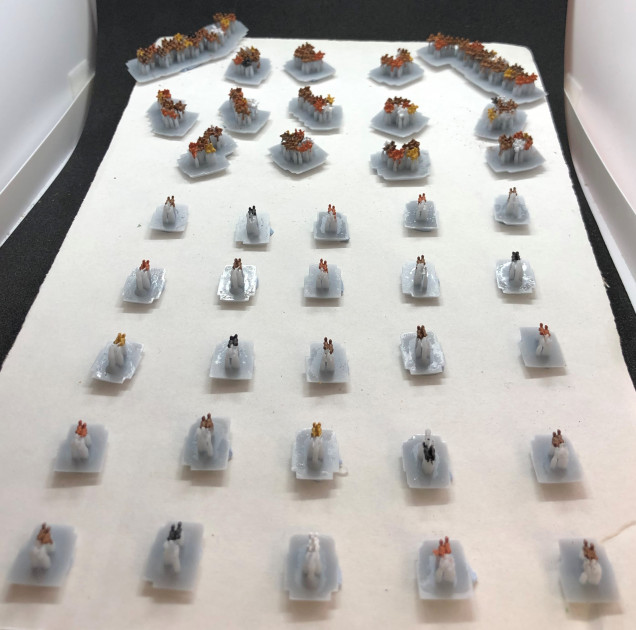
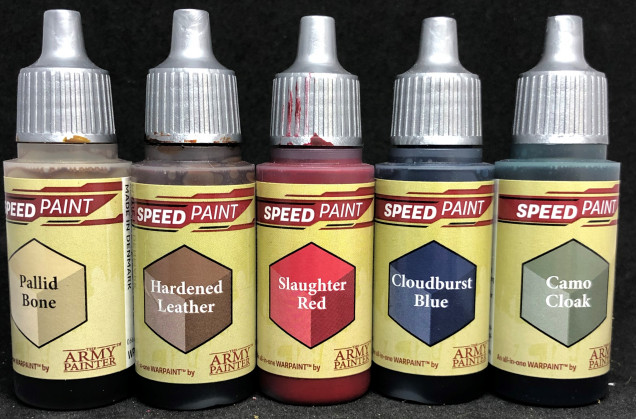

































Leave a Reply